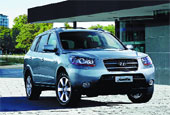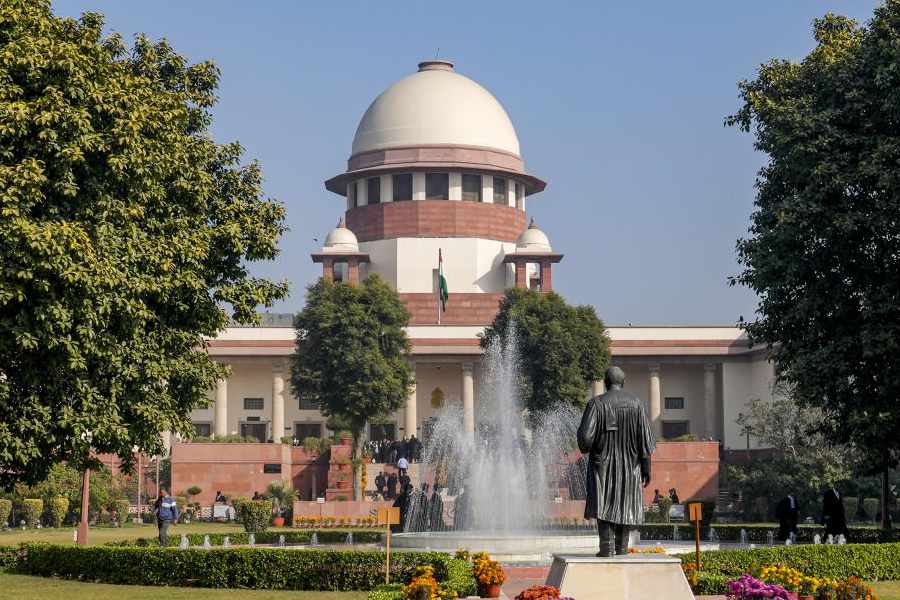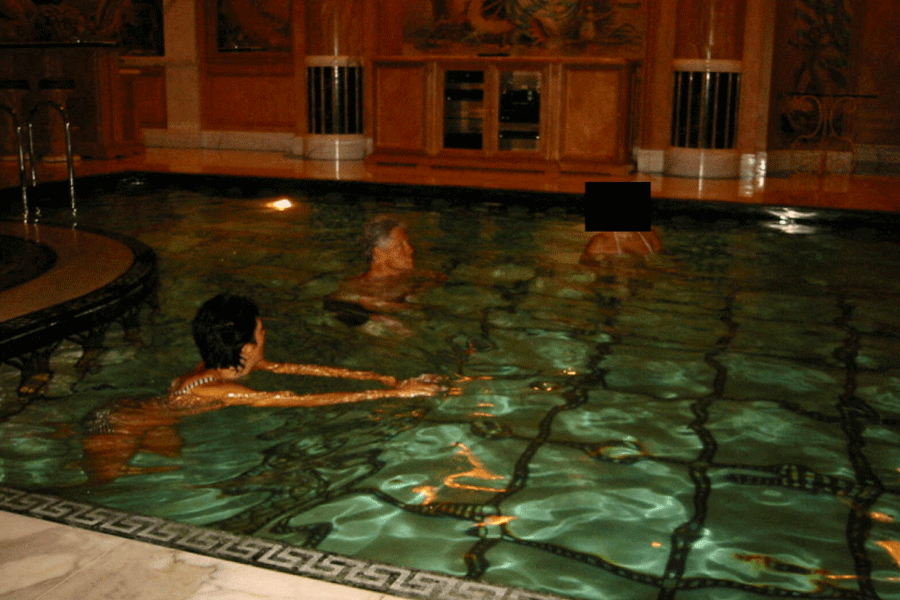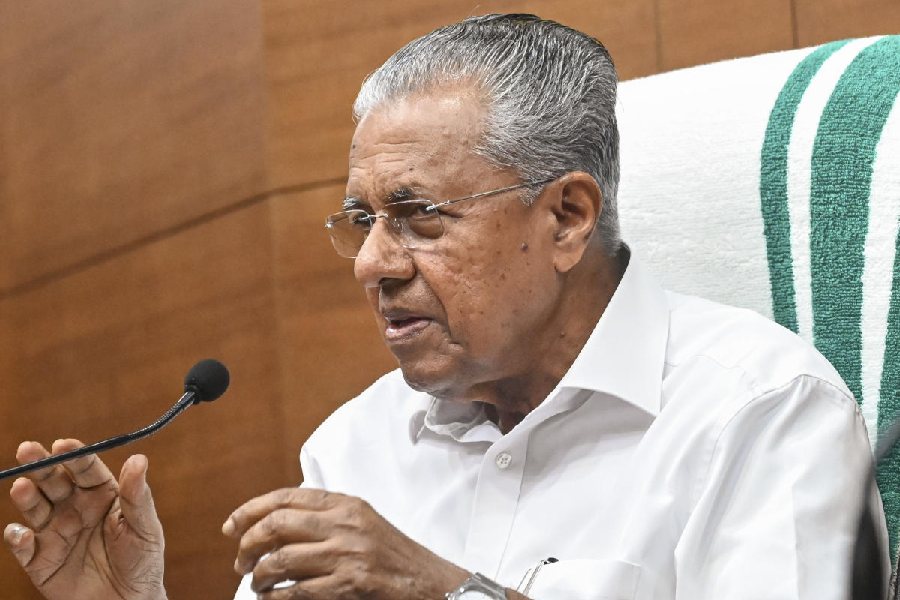 |
 |
 |
| (From top): The all-new Santa Fe; another view of the car’s curves; the previous model of the Hyundai Santa Fe |
Just recently, Hyundai Motors India Limited sent out a press release to automotive journalists announcing the launch of the Santa Fe. The point to note is that this car is not available in India ? well, not yet. Yes, several years ago, Hyundai held clinics in the country where two off-roaders were displayed together to the general public. One was the then current Santa Fe with a monocoque body, and the other was the Terracan, built on a chassis. At the time, it was observed that Indians preferred bigger, more macho-looking vehicles. So, the Terracan made its debut on Indian roads. Then in a move to counter the Honda CR-V, Hyundai browsed through its product portfolio and zoomed in on the Tucson, which can now be seen zipping about in India. So why this press release? Is it a precursor to the car being launched in India or is Hyundai trying to get rich Indians to import Santa Fes (instead of X3s and CR-Vs)?
Any which way, let’s come to the new Santa Fe. What is this car all about? Well, for starters, it’s pretty spiffy to look at. True, it’s not as European-looking as the Sonata Embera or the Getz ? it has a very rounded look now when compared to the in-your-face styling of the earlier Santa Fe. At the front end, things get interesting ? the slanting headlamps, the fluted bonnet and the grille all gel together. The honeycomb mesh of the grille and the cut-away portion of the bumper, together with the recessed lights, spruces up the front end to give a look that does attract a second glance. The rear end is not too bad either, though not as easy on the eye as the front ? in fact, it would be about par for the course when compared to other SUV rear ends.
Dimension-wise, the new Santa Fe is larger than its predecessor. After all, the project ? code-named CM ? benefited from an investment of $155 million and took 26 months to develop. The wheelbase (2700mm) is 80mm longer in the new car, which has allowed the Hyundai designers to increase the length by 150mm, the width by 55mm and the height by 50mm. All this boils down to a slightly larger cabin ? read more leg and headroom.
Moving within, dual zone climate controls make for a more comfortable experience for the driver and the front seat passenger. The cooling is extended to the rear of the car for the passengers in the second and third-row via a rear fan switch, adjustable vents and dual heating ducts. Packing plenty of luggage? The Santa Fe is equipped to accommodate this as one simply has to fold the third-row seats flat, into the floor.
So, it looks good and feels pretty comfortable! But how do things pan out on the road? In the new Santa Fe, the ride has been refined thanks to changes in the chassis. With the aim of making it more saloon-like instead of a harsh off-roader, the rear suspension is now a multi-link setup instead of the double wishbone suspension of the earlier model. This is in keeping with the intended usage ? predominantly city driving for posing. The only time most SUVs really go off road is when the owner takes it on to his or her lawn (if he/she has one) to give it a wash. The new Santa Fe has an electronically-controlled 4-wheel drive system that automatically senses and routes power to the wheels with the best traction. The 4WD lock is driver-selectable, providing a continuous 50/50 torque split between front and rear wheels if one does choose to take the car off-road.
Power and the Santa Fe become synonymous as well. Power options include an all-new diesel, the D-2.2 that delivers 153ps @ 4000rpm and 35kg.m of torque @ 2000rpm with the help of a Variable Geometry Turbocharger. The diesel option is a 2.2-litre common-rail unit that develops 153ps of power at 4000rpm and 35kg.m of torque at 2000rpm, thanks to a Variable Geometry Turbocharger and rail pressure of 1600bar. The new diesel comes with a new five-speed transmission, with buyers offered a choice of either manual or automatic, both fuel-efficient, smooth-shifting designs. Fuel is delivered by a second generation 1600-bar common rail diesel injection system governed by a new 32-bit microprocessor (versus the predecessor’s 16-bit ECU) while a variable swirl control device and electric air control valve contribute to improved combustion efficiency and lower emissions. The cylinder head has a two-layer water jacket, which increases the strength of the head to permit higher combustion pressures. An electronically-controlled water-cooled Exhaust Gas Recirculation valve helps minimise emissions to comply with the latest Euro IV standards.
The Santa Fe will be available with a choice of two petrol engines, both of which are all-aluminium V6s and a diesel. North America gets a 3.3-litre unit, known internally as the Lambda while other markets get the 2.7-liter Mu. The Mu features Variable Valve Timing and a Variable Intake System to develop a peak power output of 189ps @ 6000rpm and 25.3kg.m of maximum torque @ 4200rpm. The 3.3 Lambda is mated to a five-speed automatic gearbox while the 2.7 Mu comes with a five-speed manual transmission as standard equipment, though there is a four-speed automatic option as well.
Getting this mean machine to come to a halt is pretty easy too, thanks to its 16-inch disc brakes, ventilated in front. The Anti-Lock Braking System is standard on the Santa Fe, along with an Electronic Stability Program. Hyundai is projecting exports to reach 150, 000 units, and some of those, Hyundai is hoping no doubt, will reach India. And if demand picks up, who knows, the company could very well start producing the car right here.
 |
Road rage
Shamlu Dudeja
kantha revivalist
Total chaos reigns on the streets of this city thanks to a total lack of civic sense by drivers. Take the many people who try and overtake from the wrong side — which can lead to lethal accidents. But they give two hoots! Another instance of rash behaviour is drivers talking on their mobile phones — and it doesn’t matter even if these are of the hands-free variety. Most big-car owners are businessman, so naturally they’re talking about something significant on the mobile. How can their attention be on the road ahead then? All these instances can lead to disaster.
While the one-way system, a few of the flyovers and the new Rajarhat highway have made things a bit easier, a couple of the flyovers like the Park Street and the Gariahat ones, I feel, are unnecessary expenses. In fact, has anyone noticed that the Park Street flyover has hidden the beauty of buildings like the Indian Museum?











